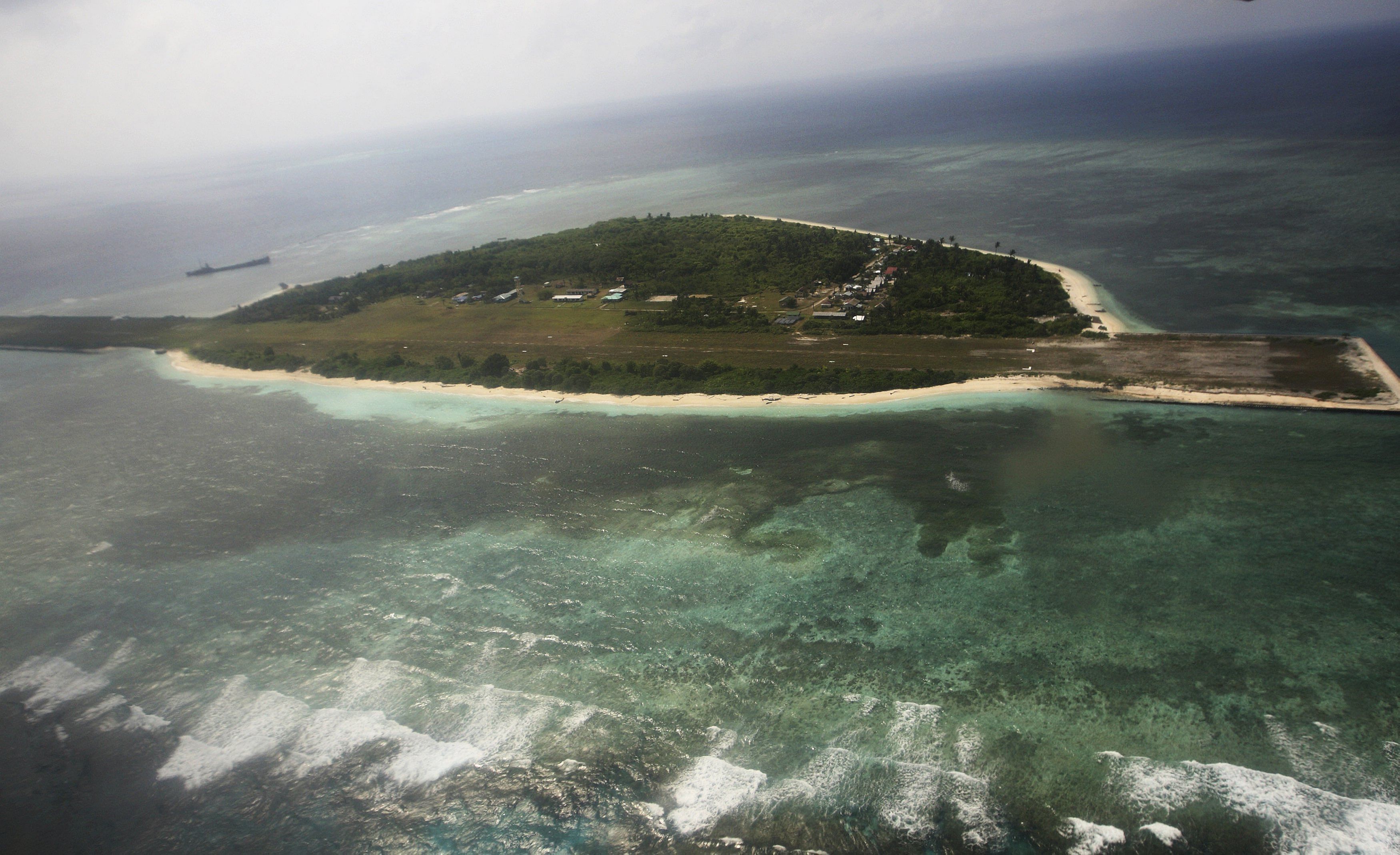Turning Laos into a transit hub
Souksakhone Vaenkeo
Vientiane Times
The Lao government is pushing for the development of the rail network in an attempt to switch the landlocked Asian country into a land-linked nation and transit hub for bigger neighbouring economies.
On Dec 2, the Lao government started the construction of a high-speed rail mega project in Vientiane to connect the capital of Laos with Boten, a Lao-Chinese border checkpoint, over a distance of 417km.
Among Laos' planned four rail projects, the Vientiane-Boten rail line will form part of the regional rail link known as the Kunming-Singapore rail network over a distance of 3,000km. The rail line will link China's Kunming all the way down to Singapore, passing through Laos, Thailand and Malaysia.

Lao economic planners are of the view that the rail line, which shall enable interconnectivity once it is operational, will give a significant boost to socio-economic development, given that the current time-consuming, high-cost road transport is among the core issues that discourage many foreign investors from pouring money into operating businesses in Laos.
"The rail project will bring tremendous economic returns to Laos," Deputy Minister of Public Works and Transport Lattanamany Khounnivong said.
"Currently, it takes about three days if we are going to transport farm products from Vientiane to reach the Chinese border by road through mountainous terrain.
With such time-consuming transport routes, the farm products become rotten. But once the railway is operational, it could take only two or three hours to reach the Chinese border."
Laos' existing 3.5km railway linking Vientiane with Thailand's Nongkhai province has, to date, not been widely used for goods transport due to the absence of necessary facilities.
Without access to sea routes or a rail network - the two cheaper transportation modes - local business people are facing tough competition.
"Transportation costs in Laos are the highest," said Lao Agro Industries president Loumkham Vongsay.
The company currently manufactures products including pickled garlic, canned sweetcorn, sweetcorn milk, sugar palm seeds in syrup, and pineapple juice. However, it has stopped manufacturing some goods as its prices cannot compete with those manufactured in other countries.
Win-win in South China Sea
Nophakhun Limsamarnphun
The Nation
Former foreign minister Surakiart Sathirathai has floated an idea to resolve the South China Sea conflict.
His plan would leave the sovereignty issue for future generations while turning the focus on potential economic and commercial benefits which could be derived from jointly developing the overlapping territorial areas.
Thailand might consider playing host to a conference of all claimant countries since it is not one of them. It might also propose the 25-year-old Thai-Malaysian Joint Development Area (JDA) agreement as a model for sharing natural resources in overlapping areas.
In 1979, the Thai and Malaysian governments jointly agreed to explore and extract non-living natural resources from the area for mutual and equal benefits of both countries. Today, the overlapping areas are managed by the Malaysia-Thailand Joint Authority for petroleum exploration and production, under the Joint Authority Act of 1990.
The law empowers the Joint Authority to grant rights, subject to respective government approval, for petroleum activities in the form of production-sharing contracts while coordinating with relevant government agencies in both countries and collecting royalty and other benefits derived from the operations.
The Thai-Malaysian JDA's overlapping areas total 7,250 sq km in the lower part of the Gulf of Thailand. In fact, these areas are close to the South China Sea, where China, Malaysia, the Philippines, Vietnam, Taiwan and Brunei are currently in conflict over the sovereignty of the Spratly and other nearby islands.
While an argument in favour of the approach that gives the first priority to economic and commercial interests has been around for some time, geopolitical interests remain a major obstacle to such a path.
Given that the disputed areas are crucial to global shipping and commerce, as well as military interests, powerful nations outside the region, especially the United States, have been vocal against China's reclamation of the islands in disputed areas.
China's Dream of Belt and Road
Wang Yiwei
China Daily
A big question people have been asking since mainland China's leaders propounded the concept of the Chinese Dream in 2012 is: What is the symbol of the mainland rejuvenation?
Now we can say that the revival of the Silk Road is that symbol, not only for the rejuvenation of the Chinese nation, but also the rejuvenation of European, Asian and African nations, because it integrates the Chinese Dream with the dream of the world.
The Silk Road Economic Belt and the 21st Century Maritime Silk Road, known together as the Belt and Road Initiative, is aimed at solving the development
problems of China, and help the world seek solutions to some common problems faced by humankind today.
Although the Belt and Road Initiative is expected to benefit the peoples along the two routes, different parties have different opinions about it.
All the provinces in China see the initiative as a big opportunity to boost their economic growth. On the other hand, many foreign countries expect to gain from working with China. It is a misconception that the initiative is meant to transfer China's overcapacity to other countries.
The key word of the Belt and Road Initiative is interconnectivity, so it should not become a convenient slogan for Chinese local governments to beautify their industrial or regional development policies.
The Belt and Road Initiative is not a new opening-up strategy either. Instead, it is a new strategic framework of China's neighbourhood diplomacy through the opening-up.
The essence of opening up is to change from "inviting in" to "going out", seek a new dynamic balance between the two and strengthen global economic cooperation and competition.
• The View From Asia is a weekly compilation of articles from The Straits Times' media partner Asia News Network, a grouping of 22 newspapers. For more, see www.asianewsnet.net
